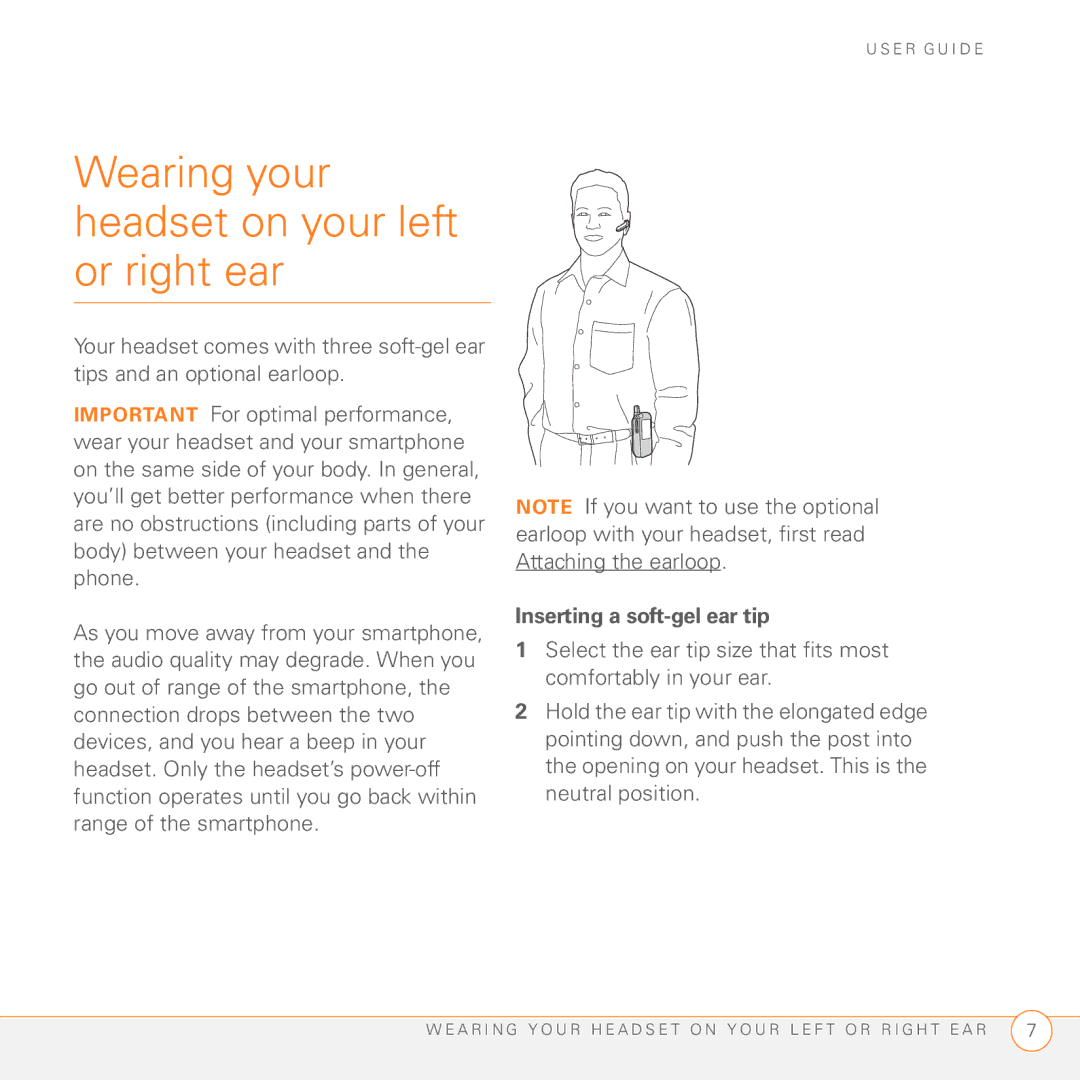Series 3 specifications
The Palm Series 3, introduced in 1996, was a significant milestone in the evolution of handheld computing and personal digital assistants (PDAs). Renowned for its portability and user-friendly interface, it was a favorite among professionals and casual users alike.One of the standout features of the Palm Series 3 was its compact size. Weighing just a few ounces and measuring about the size of a small notebook, it easily fit into pockets and bags, making it highly portable. Its sleek, ergonomic design included a monochrome LCD screen that was easy to read in various lighting conditions. The screen's resolution of 160 x 160 pixels was a notable achievement for its time, providing users with a clear display for notes, calendars, and applications.
The Palm Series 3 utilized the Palm OS, which was designed specifically for PDAs. This operating system offered a straightforward, intuitive interface that allowed users to navigate effortlessly through their personal information. The innovative Graffiti handwriting recognition technology allowed users to input text quickly and accurately by writing directly on the touchscreen, which was a revolutionary feature that distinguished the Series 3 from its competitors.
Storage and data management were also key aspects of the Palm Series 3. With 1MB of RAM, users could store thousands of addresses, phone numbers, and calendar entries, making it an essential tool for staying organized. Expansion capabilities were available through the use of expansion slots, which allowed users to increase their data storage with additional memory cards.
Connectivity was another important feature of the Palm Series 3. It included a serial port for connecting to desktop computers and peripherals, facilitating data synchronization. Users could easily transfer information between their handheld device and their home or office computers, ensuring that critical information was always up to date.
Battery life was commendable for the Palm Series 3; it operated on two AAA batteries, allowing for extended use without the need for frequent recharging. This efficiency made it reliable for everyday tasks, especially for professionals on the go.
In summary, the Palm Series 3 was more than just a PDA; it was a portable powerhouse that combined functionality with an intuitive design. Its key features—compact size, user-friendly Palm OS, Graffiti input, expandable memory, and reliable connectivity—set a standard in the handheld computing industry. The legacy of the Palm Series 3 lives on as a precursor to modern smartphones and mobile applications. Its impact on personal organization and mobility helped pave the way for the advanced devices we use today.

